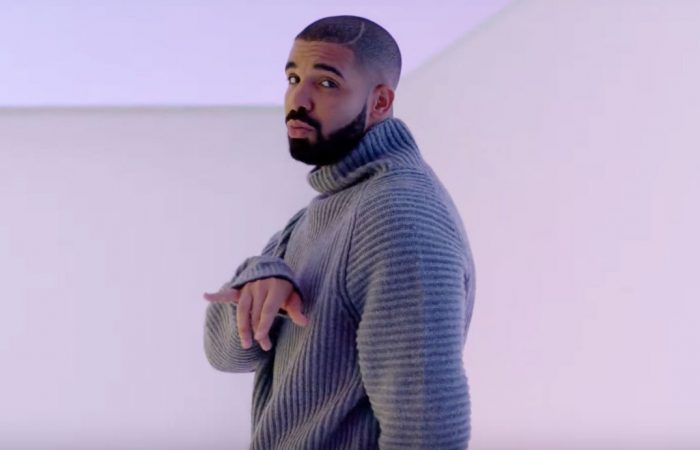
Survival of the Fittest: Brand Evolution 101
By Kate Faigen
Last Friday, internet tycoon Jeff Bezos made a little purchase. The founder and CEO of Amazon acquired Whole Foods for 13.7 billion dollars, not long after turning to everyone’s favorite rapid-fire online source, Twitter, for philanthropic advice. Bezos expressed a desire to shift his business strategy of investing in long-term results to something more immediate, for “the here and now,” and sourced opinions (both yea and nay) from his 260+ thousand followers.
Lofty? Savvy? Whatever you call it, Bezos is not the first to engage internet culture to drive his brand forward. Crowdsourcing one’s direction means taking an active role in the cultural conversation, and brands that don’t listen in can get swept under by those that do. Therefore, anticipating a dying-and-emerging trend cycle is akin to staying afloat. Getting consumers and potential consumers strategically involved is the name of the game.
Take a look at rapper Drake, formerly known as actor Aubrey Graham, who took to crowdsourcing to build and fortify a prosperous career. Although he’s been at the forefront of every pop music trend of the past ten years, Drake is no originator. He understands and embraces the power of rebranding, and more importantly, the power of the people who worship, or could worship, his brand.
Drake’s music arsenal reflects a wide array of existing sounds, from the R&B/rap wave of the mid-to-late 2000s, to the Houston hip-hop scene’s resurgence in 2011 and 2012. His most recent album, “More Life,” is a self-proclaimed “playlist,” a compilation of genres trending on Twitter, and an echo of the mixtapes that defined his early work. Essentially, his repertoire is an iteration of those who did it all before him — the musicians who may have found success in the short-term, but lacked the popular power to stay constant. Drake, on the other hand, consistently recycles, or rebrands.
While the question of musicianship and originality is another debate to be tackled by the likes of Pitchfork or Rolling Stone (and sometimes the courts), evolving and championing popular opinion is critically pertinent to marketing. The brands that consistently outpace their competitors, i.e. Bezos’ Amazon, look not only to their evangelists, but to could-be consumers, to propel the next move.
Fast-food giant Wendy’s has mastered the art of conversation in the digital sphere. The home of square-shaped burgers continues to rouse attention across social media for its humorous use of ironic advertising, and quotidian, yet biting, conversation with users. What Wendy’s does best is not produce chicken nuggets and fries better than any other fast food chain. What they do best, rather, is speak the same language that we do. The icing on top of the Frosty? They do it all with a wink.
Judging by the free advertising that the chain has won with its online rhetoric and engagement, Wendy’s is successfully giving people what they want. Right now, it’s acerbic sentences and cultural jokes (AKA our craving to publicly critique human behavior.) What will it be in a month, in a year — in a week? We may not be sure, but whatever it is, there’s no doubt that the brains behind the wholesome pig-tailed girl will be on top of it.
We’ll call it “peak internet.” It’s our current desire for brands to humanize digital advertising, and to do so in a way that’s going to grab our short attention spans like no brand has before. While we’re sitting behind our computers, unconsciously looking for a reason to go out or a subject to rally around, brands must be immersed in the cultural search too, and the ones that survive will be those that can communicate with us best. But it must be noted that this communication, whatever form it may take, is ever-changing. The internet keeps moving, and what works now will not work later.
When it comes to marketing, staleness is the enemy. While a core story must remain the same, the way in which that story is told must adapt to new audiences and outside influences. Remember: it’s not about selling your features and benefits. After all, it’s likely that whatever you do, some other brand may be able to do it just as well. Instead, it’s the emotional pull behind why you do what you do that gets people to fall for your brand. Know that your “why” is powerful, and be sure to express it the right way.
But it’s not simply about telling your story. Don’t forget to keep your audience involved, and your marketing tactics pliable — you can only satisfy the hunger of this generation’s media gobblers for but a moment.
Kate Faigen was an Associate at Woden. Whatever your storytelling needs may be, let Woden help. Read our ebook, Story is the Strategy, or send us an email at connect@wodenworks.com to discuss how we can help tell your story.


